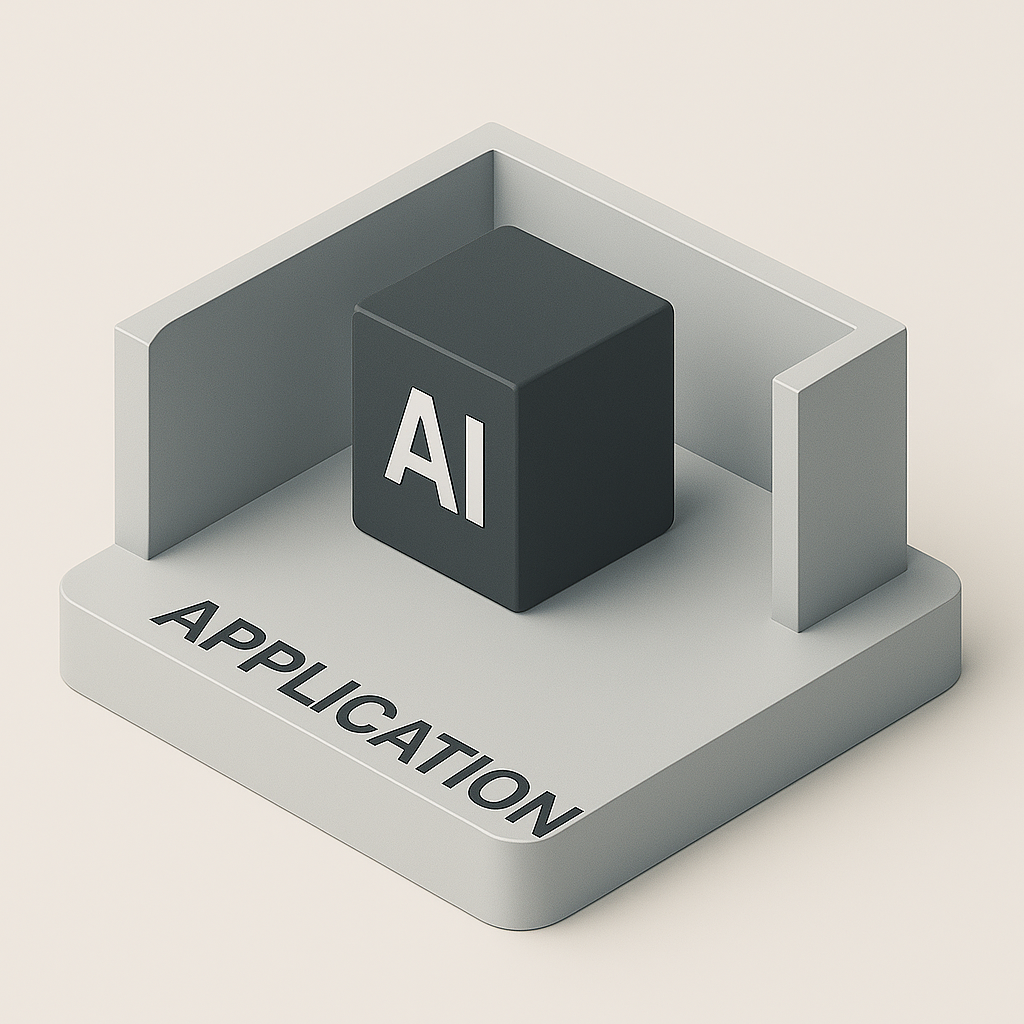
By Todd Bernson, CTO of BSC Analytics and USMC Veteran
You can train the world's best voice cloning model in your basement, but unless you can deploy it consistently, monitor it intelligently, and update it without burning down prod... it's just a science project.
Welcome to the world of MLOps — where machine learning meets actual engineering discipline. This article covers how to apply DevOps best practices to a voice cloning platform running on AWS, with a focus on CI/CD, model versioning, monitoring, and rollback strategies.
Spoiler alert: it's not just about the model. It’s about the platform.
What Makes Voice Cloning MLOps-Heavy?
Voice generation pipelines include:
- Text preprocessing
- Model inference (Tortoise-TTS, Coqui, etc.)
- Audio output formatting
- Storage and retrieval layers
Each part needs:
- Version control
- Deployment repeatability
- Monitoring
- Rollback capability
And unlike classic apps, changes in the model or weights can introduce regressions that are invisible until someone hears a result that sounds like a broken robot.
CI/CD: More Than Just App Code
Our CI/CD pipeline handles:
- Infrastructure (Terraform)
- Application code (API logic, orchestration)
- ML model versions
- Container builds (EKS)
- Monitoring rules and alerts
Tools We Use:
- GitHub Actions for workflow automation
- Terraform for infrastructure versioning
- Docker for building and tagging model containers
- ECR for storing voice inference images
- S3 for storing model weights and artifacts (if using Sagemaker)
Model Versioning: Know What You Deployed
We treat models like code:
- Each model version gets a unique SHA tag
- We store them in S3 and reference via input config
- Every deployment logs which model version was used
Canary Deployments for ML Models
Never deploy a new model version blind.
We use:
- Blue/Green EKS service updates for inference
- Traffic-shifting via API Gateway stage variables
- Automated test cases that check:
- Latency
- Audio length
- Audio fidelity
- Output duration vs expected
If the model goes rogue, we roll back — fast.
Build & Deploy Flow
Here’s a typical flow:
- Dev pushes code or model update
- GitHub Actions triggers:
- Linting / unit tests
- Docker build
- Terraform
planandapply - Canary deployment to EKS
- Health checks run
Bonus: logs and metrics for the deployment go into CloudWatch and get visualized.
Monitoring the Right Things
It's not enough to know the model responded. You need to know:
- Did the audio sound right?
- How long did it take to generate?
- Was it the right version of the model?
- Did we return any unexpected silence or clipping?
Metrics Tracked:
- Inference duration
- Audio file size / length consistency
- API latency (P95 and P99)
- Success/failure ratio
- Model version used per request
Managing Drift Between Environments
You know what’s fun? Discovering that your staging environment works, but production silently fails because it’s using a different Docker image or something else.
So we:
- Use Terraform for parity with dev/stage/prod
- Automatically tag all deployments with env, model, and version
No surprises. No snowflakes. No "it works on dev" excuses.
Secure Secrets for ML Inference
Yes, your model container still needs secrets.
- Secrets Manager for API keys / DB creds
- Injected at runtime via EKS CSI driver
Best practice have this rotated automatically. Audited via CloudTrail. Encrypted end-to-end.
Final Thoughts
MLOps is where voice cloning becomes enterprise-ready.
Done right, it lets you:
- Version and test your models like code
- Deploy updates without outages
- Catch regression before customers do
- Build trust with engineering, compliance, and finance
And the best part? You can build this on AWS with the services you already use — EKS, Lambda, S3, CloudWatch, Terraform, GitHub Actions.
If you're building anything with voice, ML, and scale — and you're not treating it like a product — you're already behind.



